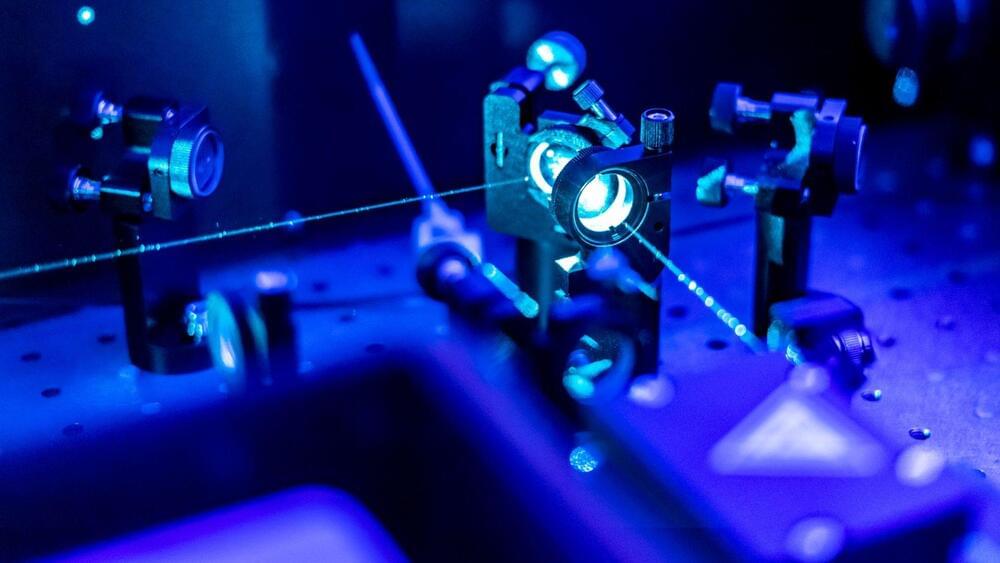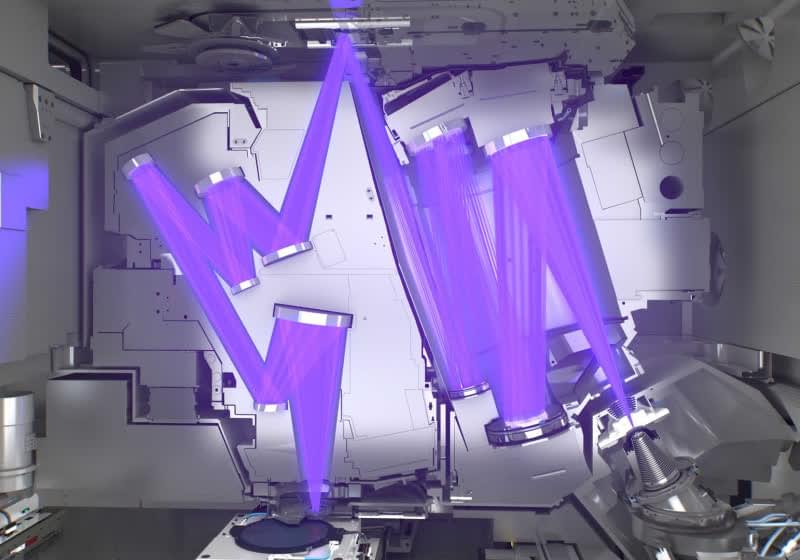A team mapping radio waves in the universe has discovered something unusual that releases a giant burst of energy three times an hour, and it’s unlike anything astronomers have seen before.




Amazon has launched drone delivery trials in a couple of new locations in California and Texas.
David Carbon, vice president of Prime Air Amazon, announced the development on LinkedIn. His post included a photo (below) showing one of its drones carrying a small box on the end of a tether.
“First deliveries from our new sites in Texas and California,” Carbon wrote in his post. “Couldn’t be prouder of the amazing people that make up Prime Air. These are careful first steps that we will turn into giant leaps for our customers over the next number of years.”

With the Large Angle and Spectrometric Coronagraph (LASCO) mounted on the NASA and European Space Agency Solar and Heliospheric Observatory (SOHO) spacecraft, the U.S. National Oceanic and Atmospheric Administration (NOAA) has been observing the Sun’s corona since 1995 to track space weather that may have an impact on Earth. However, LASCO has an observational gap that prevents scientists from seeing the middle solar corona, where the solar wind is generated.
A team of scientists from Southwest Research Institute (SwRI), NASA, and the Max Planck Institute for Solar System Research (MPS) has discovered web-like plasma structures in the Sun’s middle corona. The researchers describe their innovative new observation method, imaging the middle corona in ultraviolet (U.V.) wavelength.
The findings could lead to a better understanding of the solar wind’s origins and interactions with the rest of the solar system.



With Christmas Day behind us, it’s the time of year when thoughts make a bend towards the future. And for the longevity space, 2023 is set to be a very exciting year – 2022 certainly kept Longevity. Technology busy news-wise and we suspect the coming year will turn it up to 11.
Longevity. Technology: We spend a significant amount of time analysing the longevity market and the companies therein; to assist us in the mammoth task (there are over 560 longevity companies in our database, and the number is climbing!), we have categorised these companies by domain, and we have 25 domains of longevity.
Here, in no particular order, are five companies (plus Altos, natch) that we expect to be making headlines in 2023; we’ve categorised these by longevity domain for your reading pleasure.

So you thought 2022 was bad, you ain’t seen nothin’ yet! Check out today’s insane new video on why 2023 will be the worst year EVER!
🔔 SUBSCRIBE TO THE INFOGRAPHICS SHOW ►
🔖 MY SOCIAL PAGES
TikTok ► https://www.tiktok.com/@theinfographicsshow.
Discord ► https://discord.gg/theinfoshow.
Facebook ► https://www.facebook.com/TheInfographicsShow.
Twitter ► https://twitter.com/TheInfoShow.
💭 Find more interesting stuff on:
https://www.theinfographicsshow.com.
📝 SOURCES: https://pastebin.com/AF9eYzMu.
All videos are based on publicly available information unless otherwise noted.
